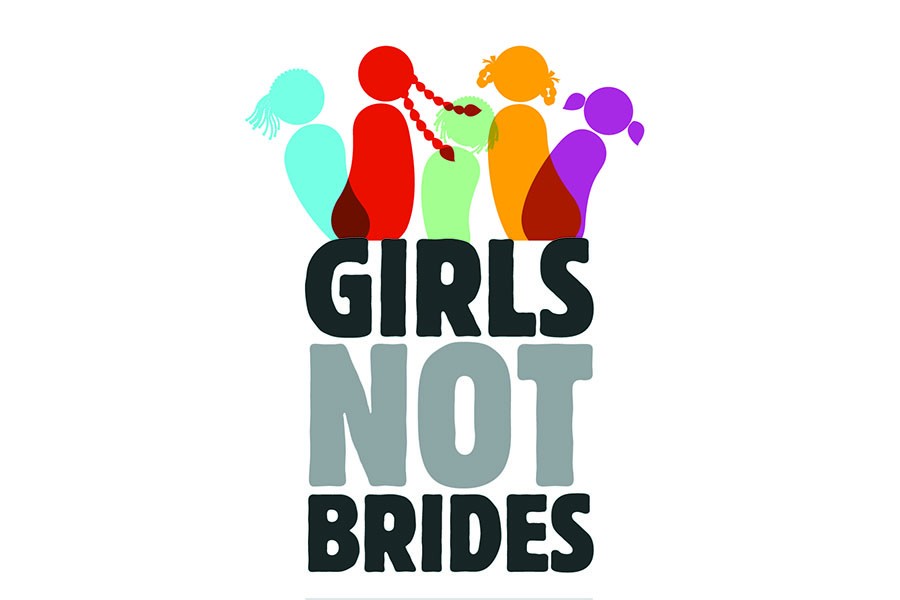Child marriage, marriage at the age of less than 18, is considered to be both social and economic menace. Each year, 12 million girls get married before they are 18 years old. That is-- 23 girls every minute and nearly 1 every 2 seconds.
Child marriage is fuelled by gender inequality, poverty, traditions, and insecurity. It violates girls' rights to health, education and opportunity. It exposes girls to insecurity throughout their lives and traps them in a cycle of poverty. Child marriage directly hinders the achievement of at least six of the UN Sustainable Development Goals. More than 650 million women and over 150 million men suffer the consequences of child marriage. If there is no reduction in child marriage, the global number of women married as children will reach 1.2 billion by 2050, with devastating consequences for humanity at large.
It is indeed a shame that in Bangladesh of today child marriage coexists with expansion of literacy and economic solvency. Many factors contribute to child marriage but among them poverty of parents is the perennial one.
According to the United Nations Children's agency UNICEF, Bangladesh has the fourth-highest rate of child marriage in the world, followed by Niger and Chad. About three-fourths of Bangladeshi women currently aged 20-49 were married or in a union before age 18, despite the legal marriageable age of 18. In the period 2005 to 2013, according to UNICEF, two-thirds of girls in Bangladesh were married off before they were 18 and 29 per cent before they reached 15.
Let us verify the finding. According to a 2013 census, primary enrolment for girls have increased almost cent percent and at secondary level 91 per cent-- implying roughly 10 per cent drop out due to marriage or other reasons before the age of 16. At higher secondary level, the enrolment is only 21 per cent indicating about 70 per cent drop out between secondary and higher secondary levels. Even if we assume that some of them drop out to join jobs, the remaining number of drop outs due to child marriage remains very high.
There is a high incidence of child marriage in rural areas (70 per cent) compared with urban areas (53 per cent). Education is another correlate - four-fifths of girls having no education or only primary education got married before 18 compared to 57 per cent who attended secondary schools. There is the increased risk of child marriage affected by natural disasters associated with climate change. A 2014 study found that the incidents of child marriage and dowry are exacerbated by climate change being experienced by families in rural Bangladesh.
Recent studies have shown that early marriage for girls leads to lower schooling and the onset of early pregnancy. Over 20 per cent of those who are brides before reaching 15 years become mothers of 3 or more children before they are 24 (UNICEF 2014). BRAC's Adolescent Development Programme (ADP) survey highlights an intergenerational agency trap: Mothers marrying early were less likely to have a say in their own marriage, and less willing to give consent if their daughters choose their life partners.
Combined findings from WiLCAS and the ADP survey suggest that women who make their own choice of partners - which is made possible because of access to education and employment opportunities -- are prone to marry later, with positive benefits for the next generation.
Girls married off young are more vulnerable to intimate partner-violence and sexual abuse than those who marry later. Even though some parents believe early marriage will protect their daughters from sexual violence, the reverse is often true, as per UN studies.
Using baseline ADP data, we documented the intergenerational consequences of early marriage on mothers and their adolescent children, sampled from the poorest 19 North-eastern districts of Bangladesh. We tested the extent to which low level of literacy among children is explained by early marriage of their mothers. Mothers marrying after the age of 15 had about one more year schooling than those married early. Similarly, numeracy, Bangla and English literacy scores of mothers were much lower compared to those who marry on reaching 18 or after. Our analysis confirms a causal effect of mother's early marriage on children's cognitive development. Moreover, we found evidence of both direct and indirect effects of mothers' early marriage on their children. The indirect effect operates by lowering years of schooling which in turn lowers the cognitive skills of mothers.
Bangladesh society is opposed to child marriage and various social organisations are raising their voice against this social malaise. The government, too, is committed to eradicate child marriage. Target 5.3 of the Sustainable Development Goals aims to end child marriage by 2030. Countries all over the world are developing national action plans to end child marriage, in partnership with civil society, UN agencies and girls themselves. Hopefully, we will witness the end of child marriage very soon and thus get rid of the evil associated with it. We want to see them as girls, not brides.
Abdul Bayes is a former Professor of Economics at
Jahangirnagar University.


